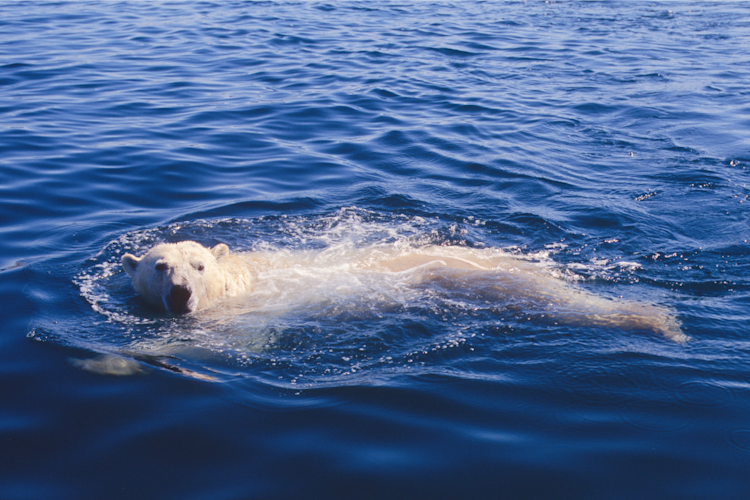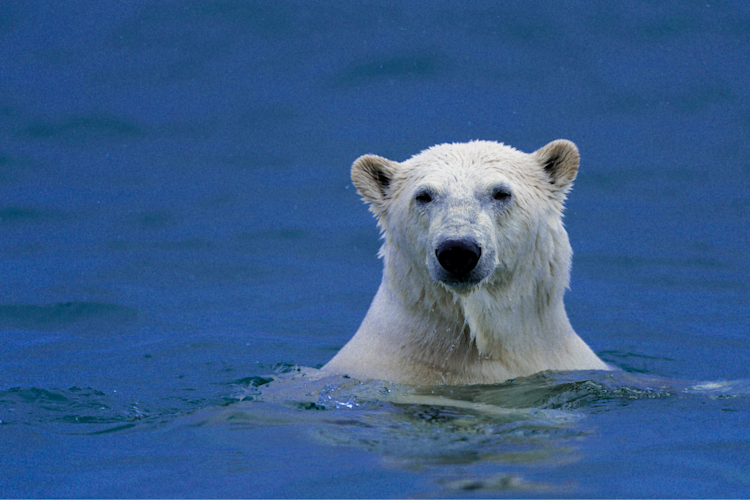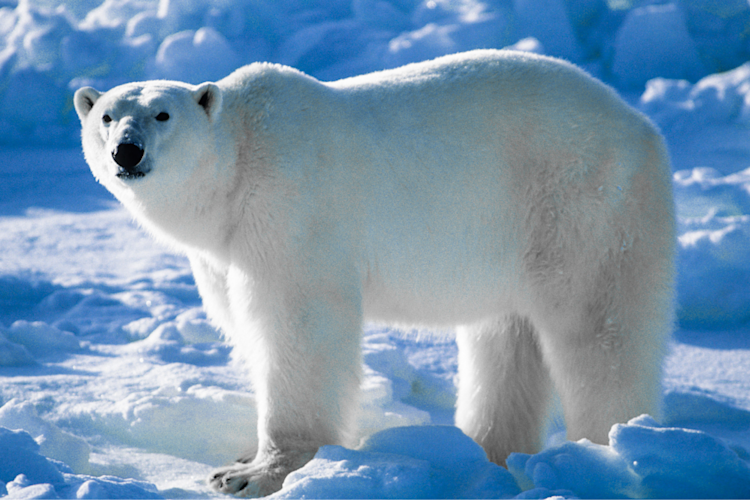Photo: Daniel J. Cox
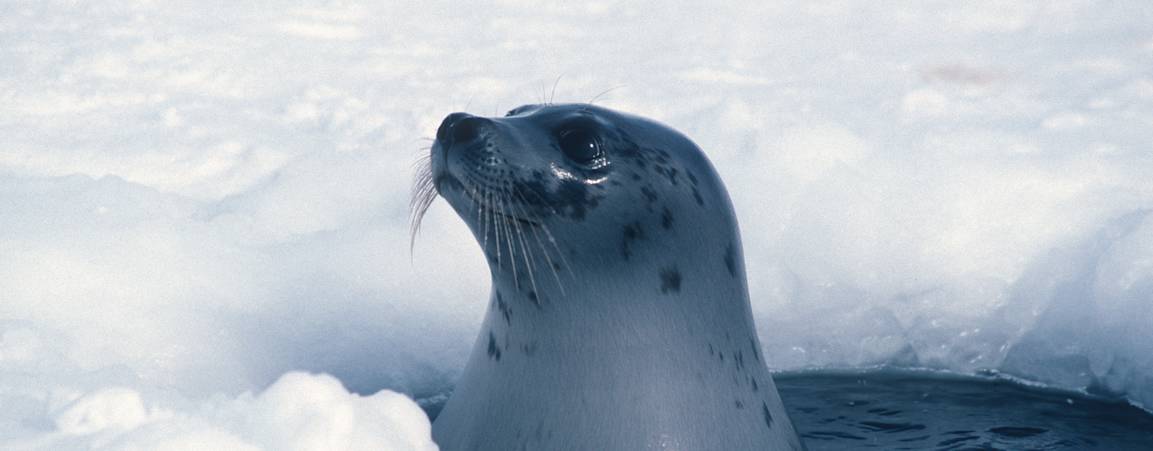
Arctic Biodiversity
Learn about the Arctic food web and the interrelationships of Arctic species.
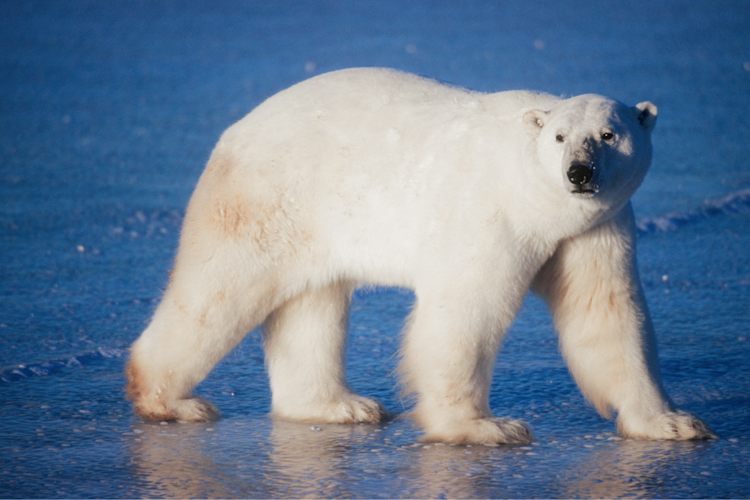
Photo: Daniel J. Cox
The Role of the Unit
Individual studies of the native plants and animals will enhance the understanding of Arctic biodiversity and our role in protecting these unique species.
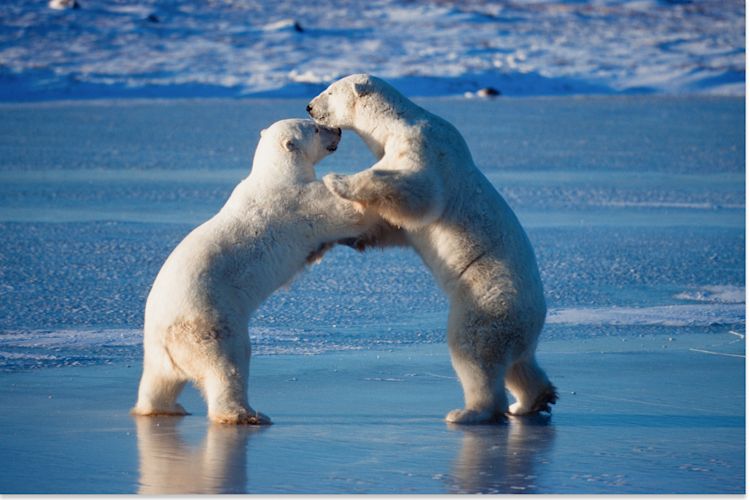
Photo: Daniel J. Cox
Lesson Plan
Extreme Ecosystems: A Biodiversity Lesson. The Arctic food web is made up of fewer species and is more fragile than those in other regions of the world. This lesson plan explores the biodiversity of this extreme ecosystem.
Other Resources
Arctic Food Web
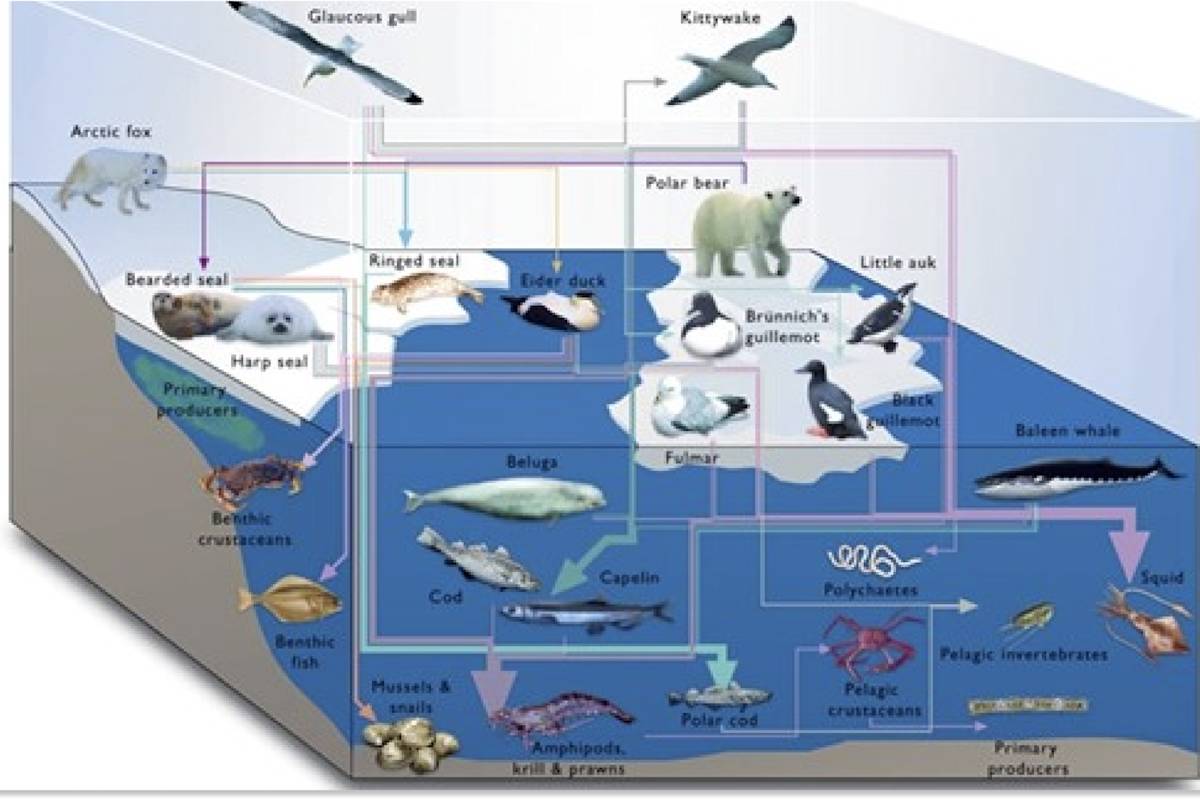
This illustration depicts organisms that eat other organisms in the Arctic ecosystem. A food web is a network of energy that flows in and out of the ecosystem. A food chain is one particular route through a food web.
Tools:
Arctic Animals: A slideshow of Arctic animals.
Google Earth Tour – Arctic Tern: The Arctic tern (Sterna paradisaea) makes an incredible migration each year. These small birds travel more than 50,000 miles, from pole to pole, crossing through temperate and tropical regions along the way. Carsten Egevang used geo-locator tags to track ten of these terns, and he shares their story with us in this tour.
Videos
Polar Bear Adaptations
Polar bears are perfectly adapted to live in the Arctic. They have many traits that help them not only survive, but thrive, in some of the coldest places on the planet.
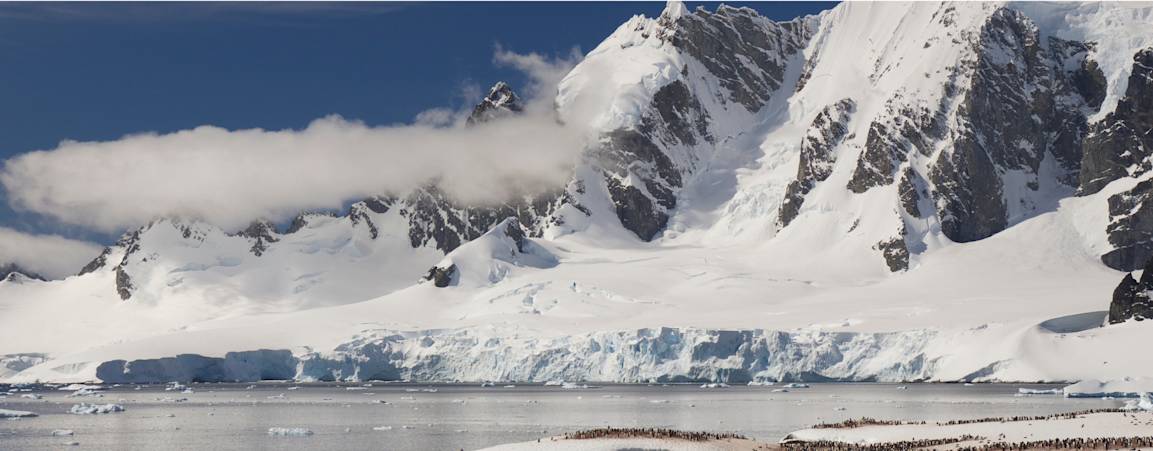
Become Inspired
Join the Tundra Connections® live webcasts during the fall polar bear migration. See polar bears, meet scientists, and ask questions!
